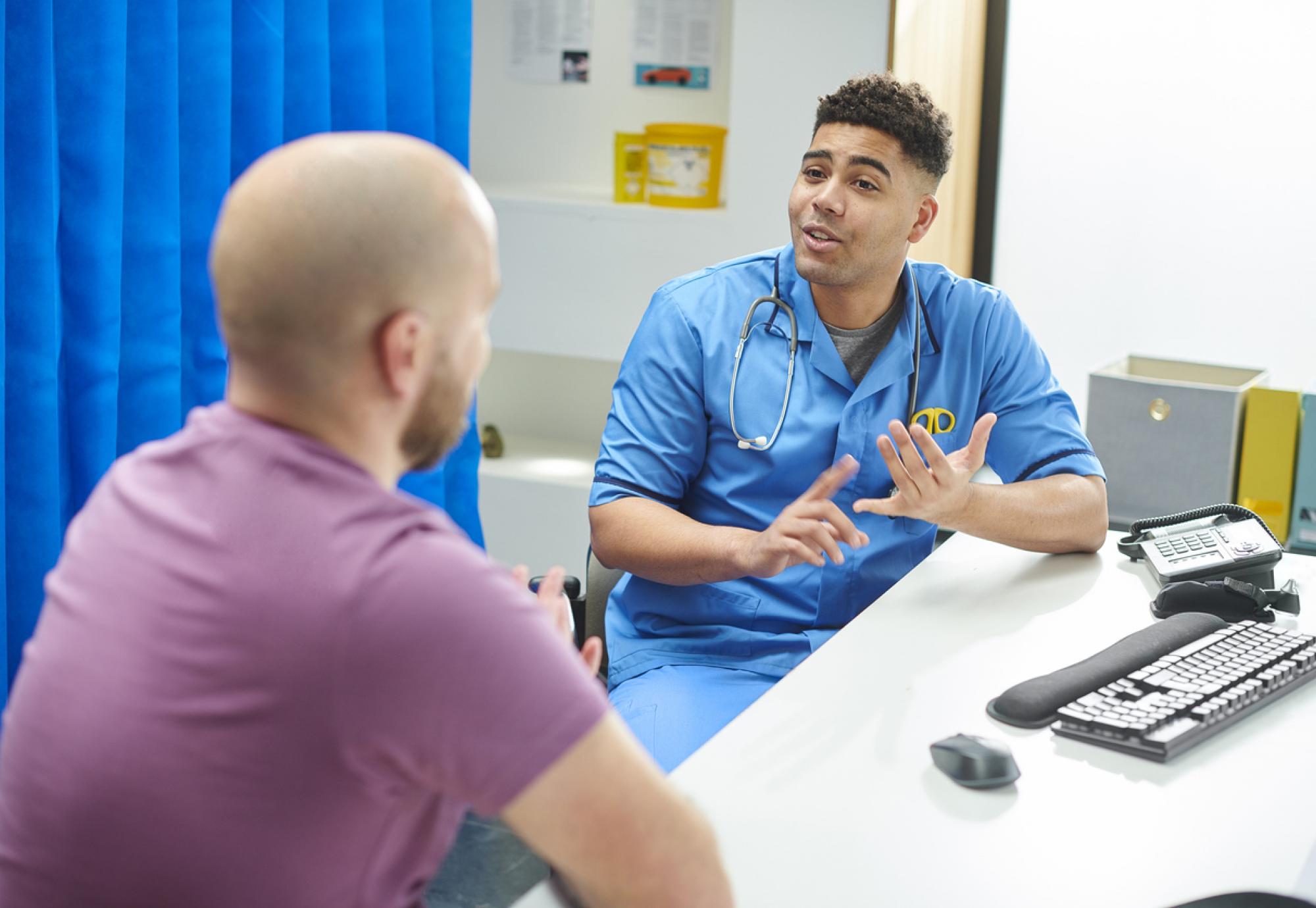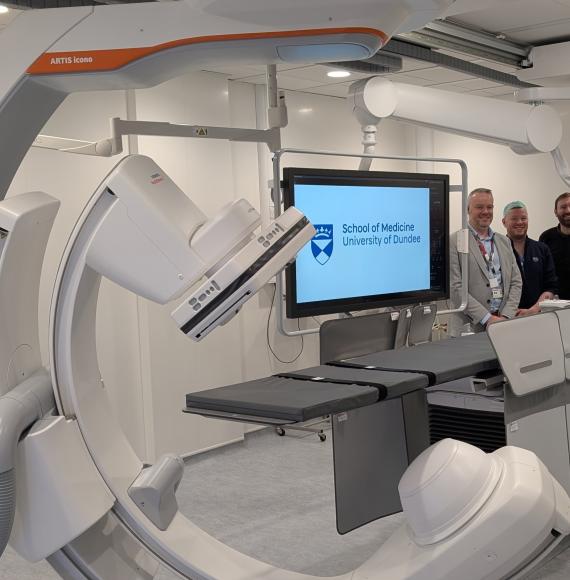A new report from the Independent Healthcare Providers Network (IHPN) suggests that expanding patient choice and enabling private organisations to have more influence in the provision of the community diagnostic centre (CDC) programme could save the NHS more than £500m.
The independent sector was touted to be much more involved in ‘phase one’ of the CDC programme, although less than a tenth (7%) were independently run.
IHPN says that if one third of all current CDCs were led by the independent sector a £500m reduction in public capital spend would be observed.
This could be directed in any number of areas – IHPN itself highlights the growing estate maintenance backlog, which has swelled from £4.7bn in 2014 to £10.2bn.
CEO at IHPN, David Hare, said: “Community Diagnostics Centres (CDCs) have the potential to revolutionise the way patients can access the tests and scans they need – providing swift, modern, facilities in the heart of their local community – and already, we are seeing the fruits of this work, with overall diagnostics activity having increased in the last few years.
“However, with waiting times for patients continuing to be at record levels, it’s vital that lessons are learned as the NHS looks to expand the provision of these hubs, including through making better use of independent healthcare providers who have long played a key role in delivering accessible, high quality NHS diagnostic services.”
As ‘phase two’ of the CDC programme looms, IHPN is calling for assurances that new sites will actually be located within the community, rather than as extensions of hospitals.
The organisation is also calling for more data on CDC waiting times and patient satisfaction to be published so leaders can make sure they are meeting operational goals to expand access to testing and imaging services.
Greater transparency on productivity within CDCs is also desired, as it the ability for new providers to take over sites that have particularly low productivity levels.
Hare concluded: “By opening up patient choice to CDCs, and enabling new independent sector facilities to be established for the benefit of NHS patients, significant new additional diagnostics capacity would be created without the need for additional public capital spending, putting greater power in the hands of patients to access efficient, safe diagnostics services at their convenience.”
Image credit: iStock



















